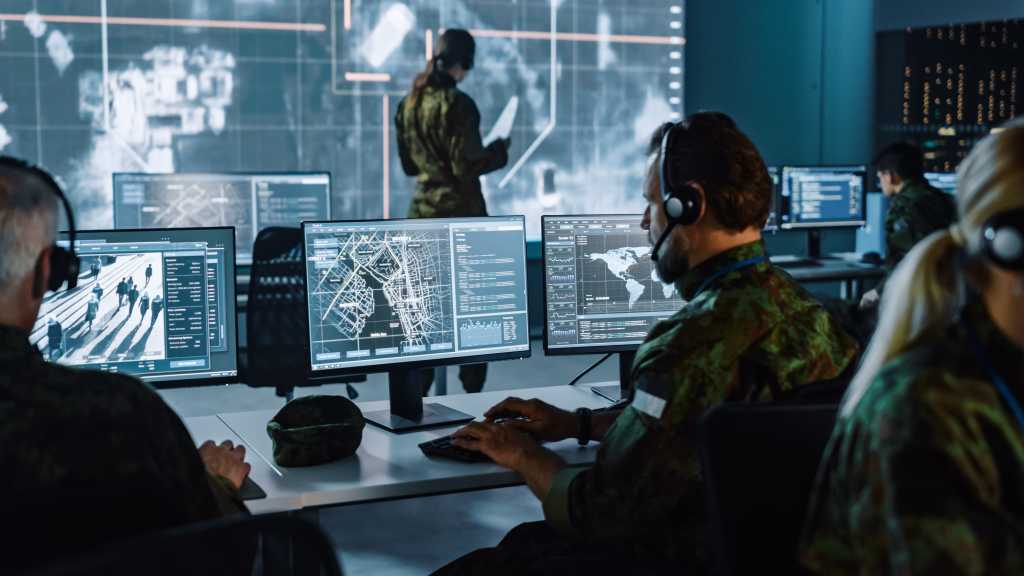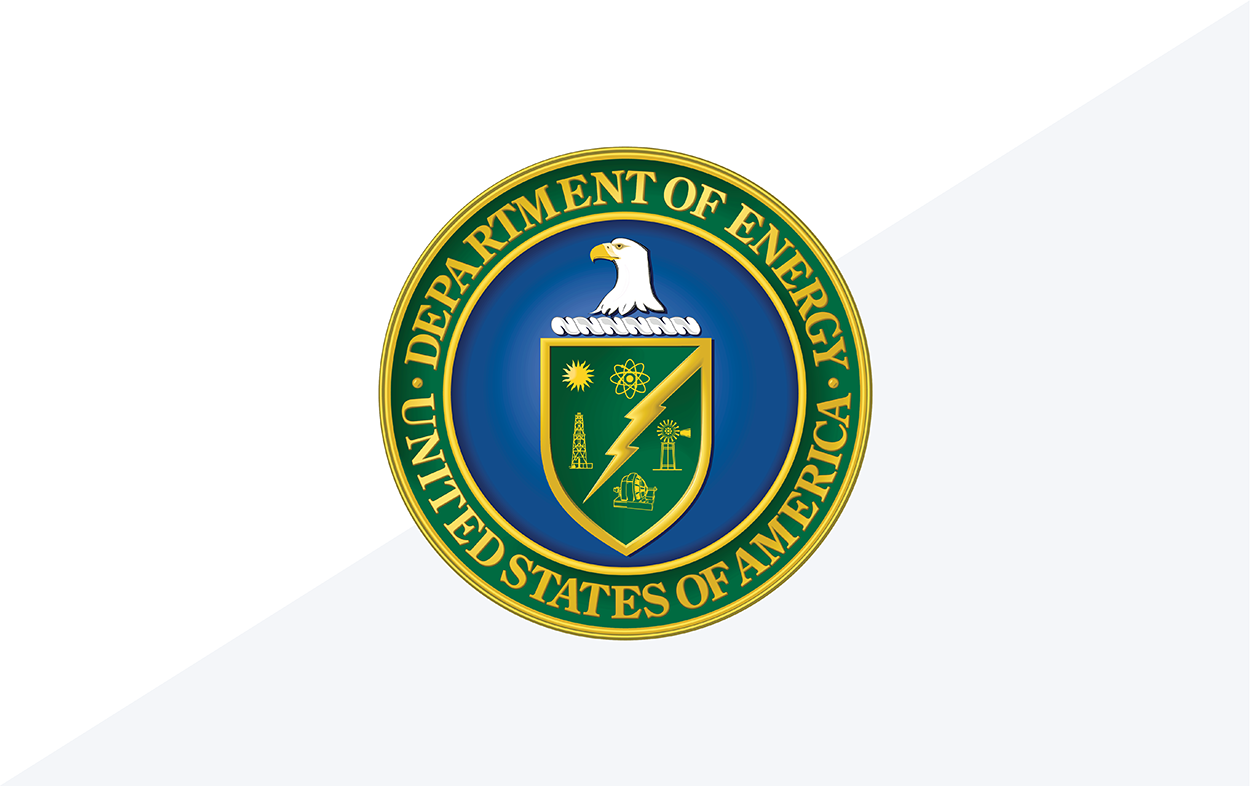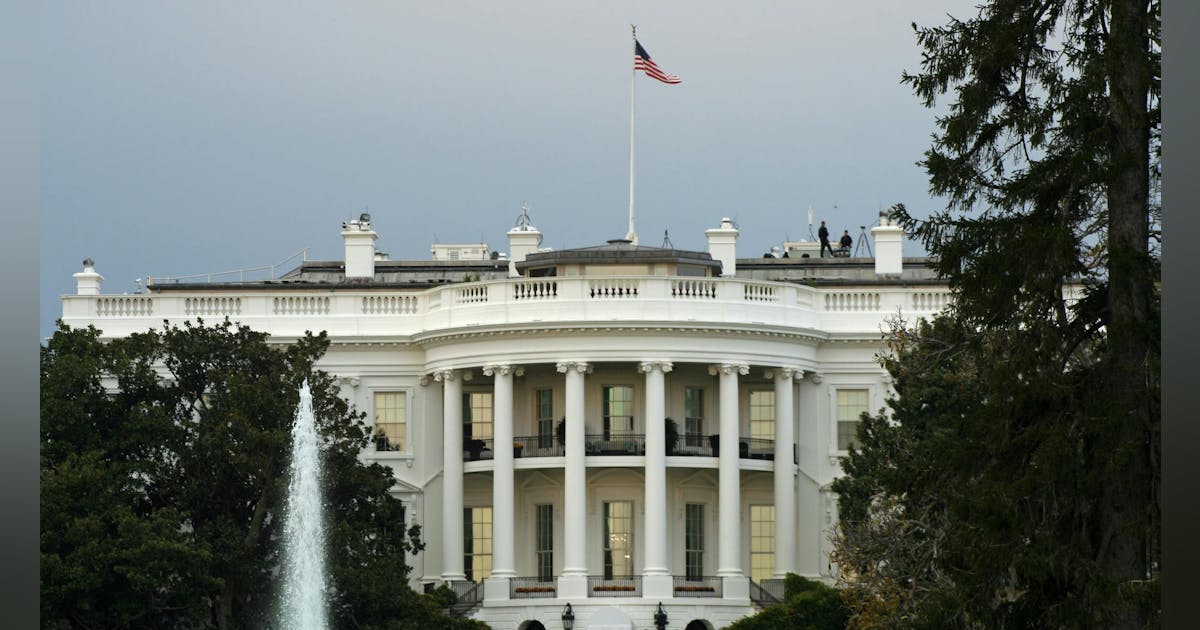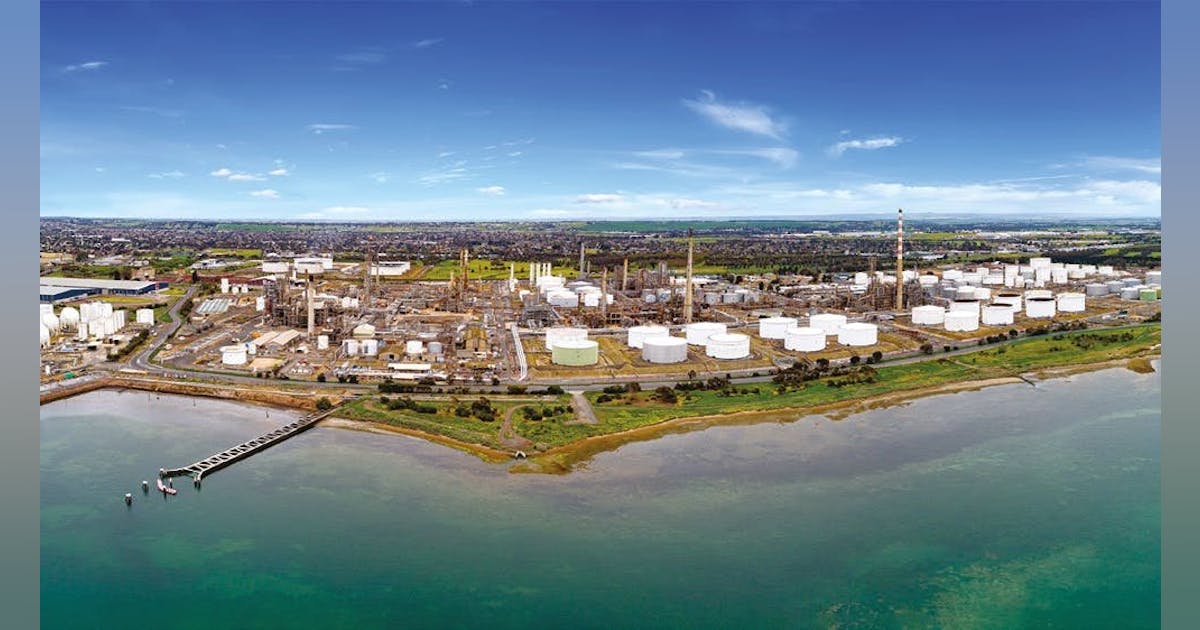
Dive Brief:
- Small modular reactors are more likely than larger designs to achieve long-term “price and performance parity” with conventional energy sources, such as gas, but only with substantial, ongoing support from the U.S. government, the Information Technology and Innovation Foundation said Monday.
- Authored by ITIF Center for Clean Energy Innovation Research Director Robin Gaster, “Small Modular Reactors: A Realist Approach to the Future of Nuclear Power” advised the U.S. Department of Energy to develop independent SMR assessment capabilities that focus on price and performance parity, or P3, while expanding support for basic and applied nuclear research and funding efforts to commercialize and scale promising technologies.
- With robust federal backing, SMR developers could support “an important strategic export industry” for the United States over the next two decades, the report said.
Dive Insight:
ITIF’s analysis pushes back on the notion that new gigawatt-scale reactors will play a major role in the United States’ future energy mix. A range of pro-nuclear voices have supported the idea of “fleet scale” large reactor deployments, including private sector developers like The Nuclear Company and DOE under former President Joe Biden.
In a September update to its “Pathways to Commercial Liftoff: Advanced Nuclear” report, DOE said the U.S. would need to deploy a mix of SMRs alongside larger Generation III+ reactors, like Westinghouse Electric’s 1,117-MW AP1000, to meet expected future power demand. DOE recommended a “consortium approach” to enable serial deployments of five to 10 reactors of the same design.
President Donald Trump sounded more skeptical of large reactors on the campaign trail last year, telling podcaster Joe Rogan in October that projects like the twin AP1000 reactors at Georgia Power’s Plant Vogtle Units 3 and 4 — which took more than a decade to complete and ran billions over budget — “get too big, and too complex and too expensive.”
Without the real-world learnings generated by a critical mass of AP1000 deployments, it’s unlikely that new large reactors will come down the cost curve to reach P3, ITIF said in the report.
“There are simply not enough orders in the United States to generate sufficient scale economies” for large reactors even as the AP1000 emerges as the “standard” U.S. design, the group said. While it won’t be clear whether SMRs can reach P3 for “at least a decade … there is a greater possibility that SMRs will indeed scale, costs will fall, and P3 will be achieved.”
As a category, SMRs have several advantages that could help them outcompete larger reactors and greatly expand the nuclear reactor market in the process, ITIF said, including:
- Power outputs ranging from single-digit megawatts to 300 MW, allowing for a wider range of real-world applications;
- Higher outlet temperatures that suit some SMRs for high-temperature industrial processes;
- Modular design that allows for higher-energy, multi-reactor aggregations;
- Passive safety features that may reduce construction costs and accident risk; and,
- Cheaper fuel and less refueling downtime in at least some SMR designs.
Still, ITIF said the first commercial SMRs will likely cost more per MWh than renewables, gas-fired generation and existing large reactors, ITIF said. They are also sure to face significant risks on the path to commercialization, including technological issues, regulatory barriers, market challenges such as higher-than-expected deployment costs and political risk due to the likely need for long-term government support, ITIF said.
Since President Trump’s first term, the federal government has invested billions to support both the existing nuclear power fleet and emerging nuclear technologies, especially SMR and microreactor designs.
DOE’s Liftoff Report detailed a range of recent and ongoing federal financial incentives and enablement programs for nuclear technology. These include “stackable” Inflation Reduction Act tax credits, which face an uncertain fate this year as Congress looks for tax-cut offsets, as well as DOE’s $900 million Generation III+ SMR program, Idaho National Laboratory’s National Reactor Innovation Center, the U.S. Department of Defense’s mobile and fixed microreactor initiatives, and billions in unspent IRA funds held in DOE Loan Programs Office accounts.
The Gen III+ SMR program is open for applications through April 23. Through it, DOE intends to “jump-start” deployment of light-water SMRs, which share more in common with existing designs for larger light-water reactors than non-water-cooled Generation IV SMRs, said Jeff Merrifield, chair of the United States Nuclear Industry Council board of directors and partner in Pillsbury Winthrop Shaw Pittman LLP’s energy practice.
“Many [Gen III+] designs being proposed utilize fuels and components similar to currently-existing reactors,” which could in theory avoid some licensing challenges that novel reactors may face, Merrifield said.
The fuel issue is particularly important from a time-to-market perspective given tight supplies of the higher-potency HALEU many Gen IV reactors require, though the federal government is “working in overdrive to increase [HALEU] enrichment,” he added.
To give SMRs a chance at achieving price and performance parity, governments — federal, state and local — must share financial and nonfinancial risk with the numerous other likely stakeholders in future SMR projects, including technology vendors, utilities, corporate offtakers, lenders and ratepayers, ITIF said.
On the financial side, long-term power purchase agreements will likely be “mandatory” for larger SMRs given lenders’ reluctance to fund such expensive projects, along with government support through grants, tax credits and loan guarantees, ITIF said. Development groups can also look to international financial risk mitigation frameworks, such as direct government ownership, subsidized loans and market-based contract-for-difference subsidies, ITIF said.
The federal government is already working to reduce nonfinancial challenges like technology risk, cumbersome Nuclear Regulatory Commission licensing processes, and limited HALEU availability from non-Russian sources, which has already compelled at least one early-mover Gen IV reactor developer to source its fuel outside the United States, ITIF said. But DOE, NRC and other agencies must do more to support early technology development, validation, early deployments and deployments at scale over the coming decade, it said.






















